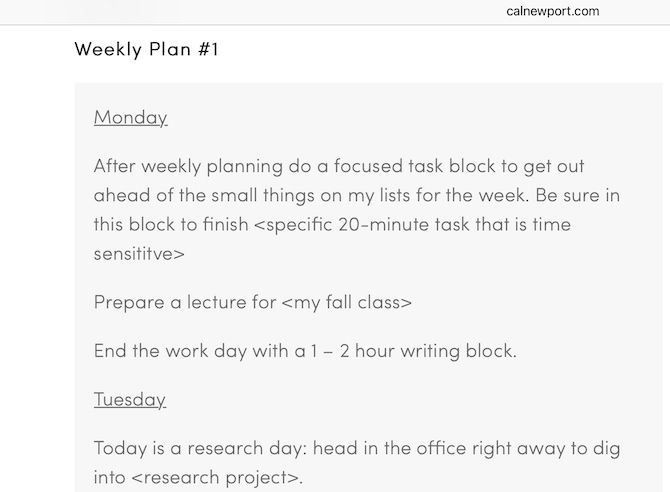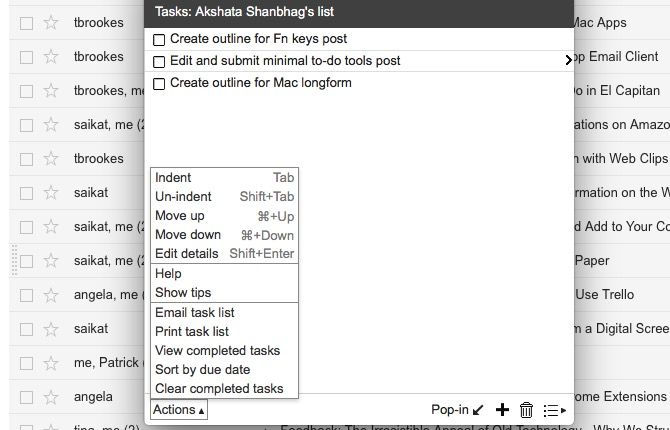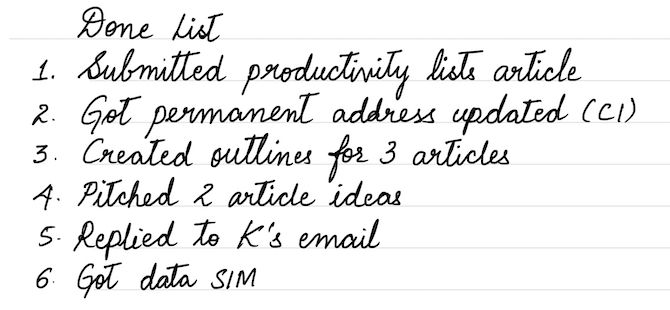When it comes to organization and productivity, to-do lists are the ultimate tool. But at some point, they turn into yet another excuse for procrastination. Who needs so many to-do lists anyway? The three types we have listed below will do. They'll give you all the list-making power you need without a complicated system that takes up too much time.
Why Make Lists at All?
Research into human psychology has given us a lot of interesting ideas about why we make lists and how we look at productivity in general. The Zeigarnik Effect is a case in point. It states that people remember uncompleted or interrupted tasks better than completed ones. It's a useful mechanism, but some people think it can also sabotage our productivity.
An oft-quoted passage from the book Willpower: Rediscovering the Greatest Human Strength reads:
"It turns out that the Zeigarnik effect is not, as we assumed for decades, a reminder that continues unabated until the task gets done [...] Instead, the unconscious is asking the conscious mind to make a plan [...] Once the plan is formed, the unconscious can stop nagging the conscious mind with reminders."
Having a clear mind goes a long way towards being able to concentrate on a single task. That's the principle behind one of the most popular productivity systems around, Getting Things Done. But you don't have to go quite all-out as that. You can stick with these three lists and be confident that your unconscious will shut up and let you get some work done.
1. The Weekly Priority List
Every Sunday, take 10-15 minutes to map out your priorities for the upcoming week. These don't have to be things that you can strike off your list. For example, you can have items like "catch up on academic things" and "recommit to training" on weekly priority lists. These items are often best split up into smaller tasks on your daily task list.
The purpose of the weekly list is to get those really big items out of your unconscious and onto paper. Write them down at the beginning of the week. You can then stop worrying about them because your unconscious will know that you have a plan for getting them done. At least it can be sure that you won't forget about them because they're recorded in ink.
Keep the weekly priority list short and simple---three to five items should do. Remember to stick to over-arching goals and guidelines for the week, not tasks to complete. Scan this list every morning and use it to inform your daily to-do list.
2. The Segmented To-Do List
Making a single to-do list for the day will keep everything in order, and there are plenty of apps available to help you manage this list. Choose an evergreen favorite like Trello or Wunderlist or stick to a super simple to-do list tool.
How you segment your to-do list is up to you. One option is to list three high-priority tasks, three mid-priority tasks, and some low-priority ones.
You could also segment them by context and keep a list of "Home" tasks, "Work" tasks, and "Fitness" tasks, for example. At work, you could use "Meetings," "Calls," and "Projects."
A third option is to use your inbox as a to-do list.
No matter how you divide your list, make sure that you keep it manageable. There's a limit to how much you can do in 24 hours. Besides, you can be certain that you'll have to deal with unplanned interruptions of various sizes on any given day.
If you want to simplify productivity, here's an idea that can help. It comes from the story of a woman who worked at the Pentagon. When asked what her strategy for getting things done was, she said that she wrote down her tasks in order of priority and then crossed off everything below the third item.
3. The Done List
The "Done List" has been gathering momentum lately as a useful tool in productivity. If you're not familiar with the done list, it's exactly what it sounds like: a list of the things that you've accomplished during the day.
What's the point of this, you ask? Stress management. Having too many things to do and not getting enough done are both stressors in their own way. That's why it helps to know how much you have managed to do in a day and also, what needs to go on or stay off your to-do list in future.
For example, let's say your high-priority items for the day are "plan a quarterly meeting," "write weekly report," and "clean garage."
If you check those off, sure, you have a record of completing three things. But if you write down that you also answered two calls about the marketing budget, made a list of potential candidates for a hiring, sent six emails about project approval, and picked up a few groceries on the way home, you'll see just how much you got done.
They may not all be high-priority tasks, but they're still tasks that you needed to take care of. Knowing that you have done them can be a source of satisfaction. Tasks like these make up a big proportion of your productivity, and you shouldn't neglect them. You actually do more in a day than you might think!
Get Everything Done With Minimal Stress
Of course, everyone has their own task management strategies. Figure out an effective one for yourself by using the three lists above as a springboard.
Are task lists turning out to be counterproductive for you? You can be productive even without a to-do list!




